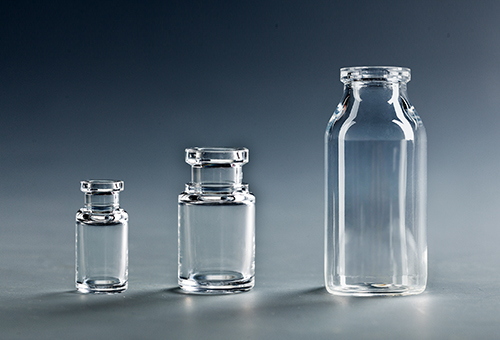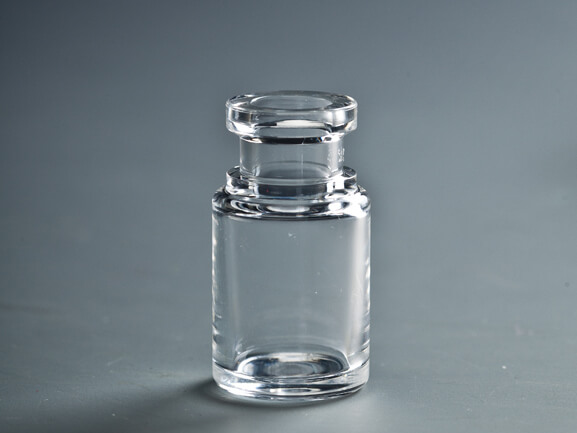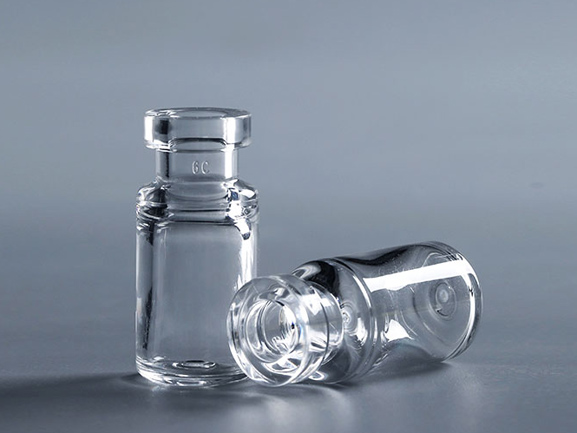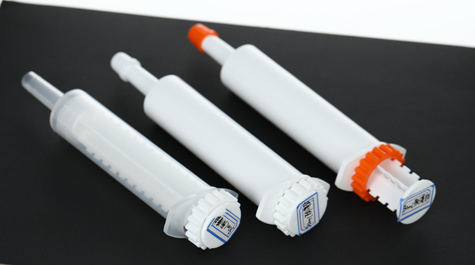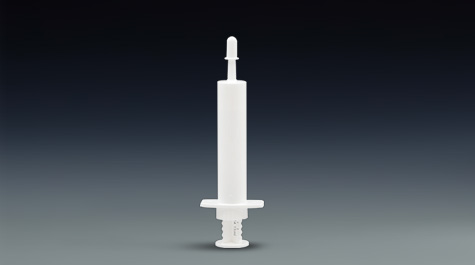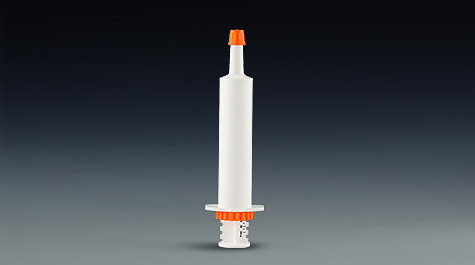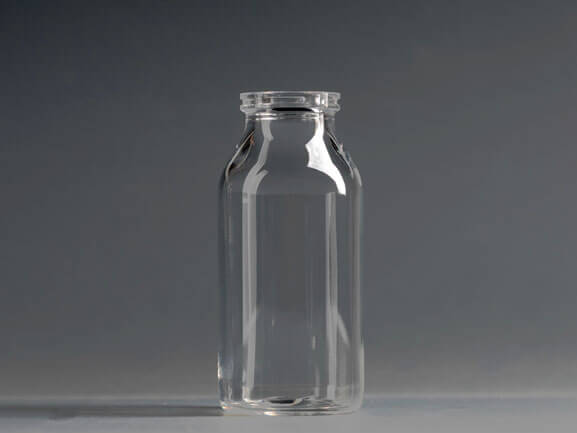Pharmaceutical packaging plays a vital role in ensuring drug quality and patient safety. For some special drugs, ordinary packaging methods may not meet their storage and transportation needs. At this time, Polymer vials have become an ideal choice to protect drug safety.
The full name of COP vial is cycloolefin pharmaceutical polymer vial, which is a special high-performance packaging material. It has the characteristics of high transparency, low birefringence, low water absorption, high rigidity, low temperature resistance, good water vapor airtightness, etc., and complies with FDA standards. Because of these unique properties, it has wide application value in the field of pharmaceutical packaging.
First of all, for high value-added and easily damaged drugs, such as lymphocyte antigens, hormone drugs, anesthetic drugs, etc., excellent mechanical properties of packaging have become the key to their safe transportation. It has high tensile strength and elastic modulus and can effectively resist external pressure to ensure that the drug is not damaged during transportation.
Secondly, for drugs with a pH value greater than 9, traditional glass bottle packaging may cause detachment and metal ion precipitation, which is not conducive to the storage of drugs. As a kind of very low impurity content, polymer vials can meet strict packaging and medical device requirements and provide a safe storage environment for this type of drugs.
Polymer Vial for cell and gene therapies
Cell-based drugs generally need to be stored in a liquid nitrogen environment, and an ultra-low temperature environment can ensure the activity of the drug. Polymer vials have good low temperature resistance and can meet the storage requirements of this type of drugs.
RTU(ready to use) 2ml COP vial
In addition, for drugs that are easily adsorbed on the glass surface, such as protein-based biopharmaceuticals, vaccines, etc., this low protein adsorption characteristic ensures the accuracy of drug dosage. This not only reduces drug waste but also avoids potential risks to patients due to inaccurate dosing.
In addition to the specific drug types mentioned above, other drugs that are prone to oxidation can also benefit from the excellent barrier properties of CZ vials. It can effectively block external oxygen and moisture, extend the shelf life of drugs, and ensure the stability of drugs during storage and use. In short, this kind of packaging can protect the safety of drugs and provide more reliable protection for patients' health.
